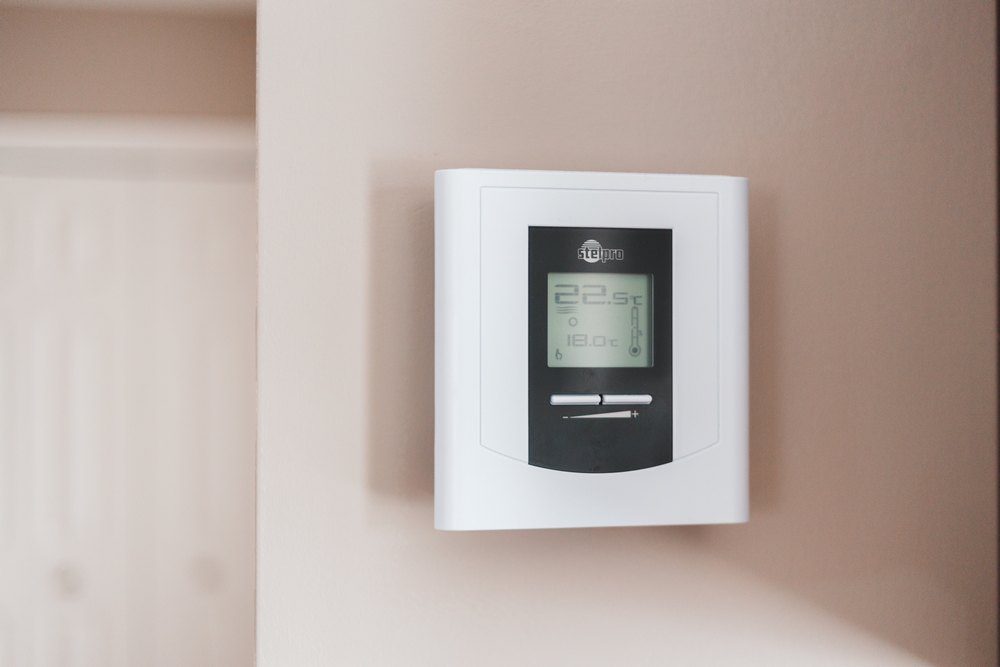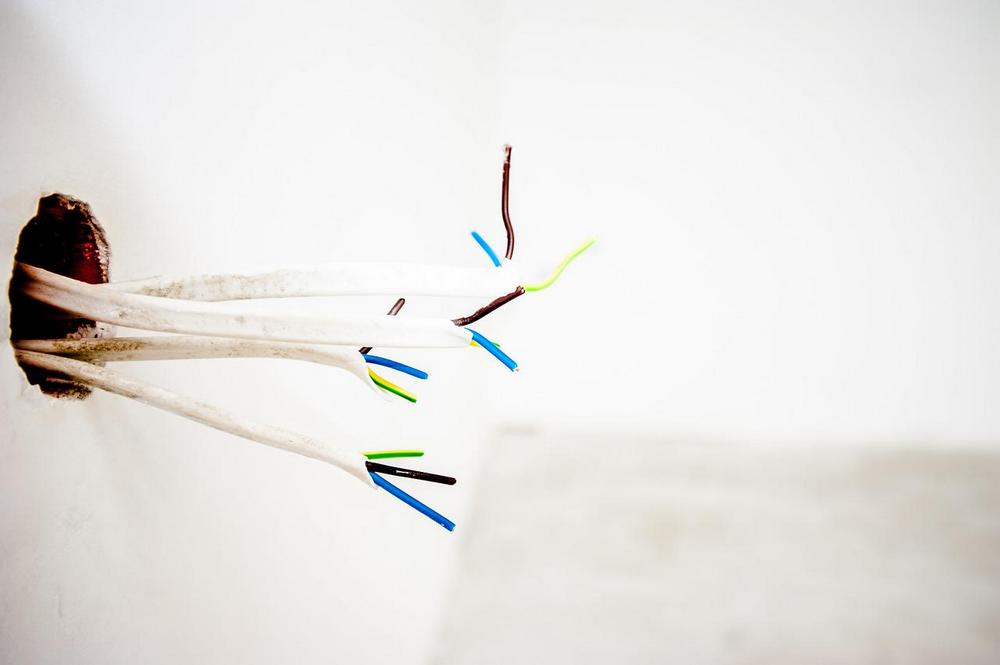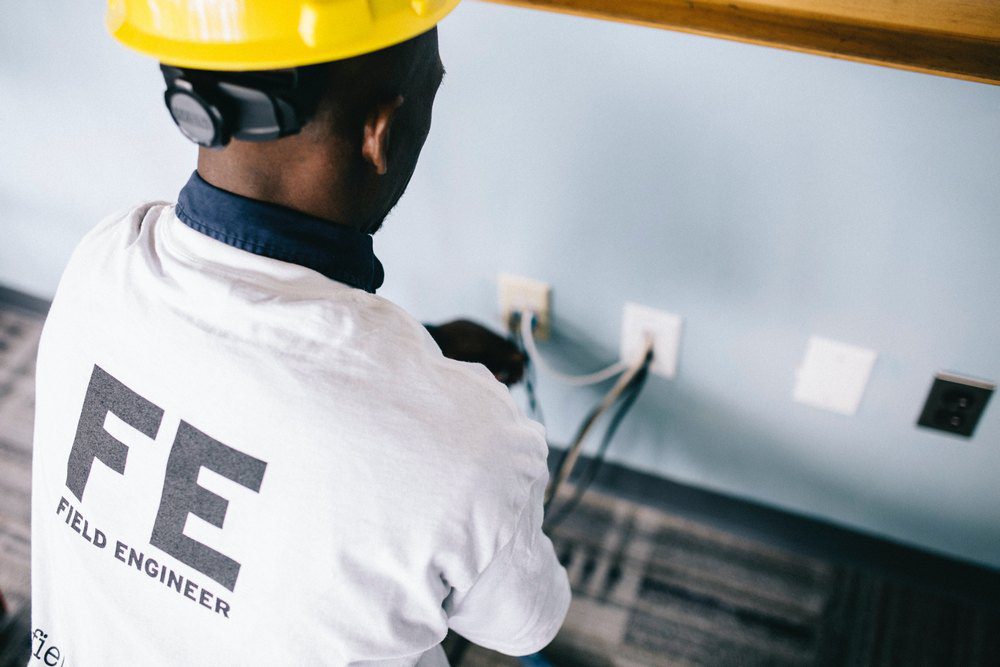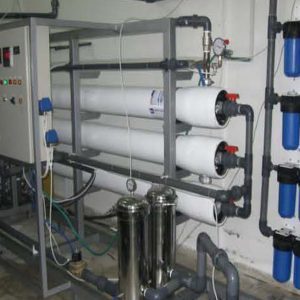
In these modern times where energy costs are skyrocketing, energy management in your home is more important than ever.
But if your thermostat isn’t functioning correctly, maintaining the right temperature in your home could prove to be difficult or impossible. You need to know your thermostat is working properly, and you need to know what to do should it not be functioning as it should be.
So, take a look at the following common thermostat problems and troubleshooting solutions to ensure your thermostat is working and you can heat your home in the way you want.
Contents
- 1 The Display Screen Is Blank
- 2 You Can Test the Power and Wiring to Identify the Problem
- 3 The Thermostat Needs Resetting
- 4 The Thermostat Is Clogged with Dust and Debris
- 5 If the Thermostat Reading Doesn’t Match the Actual Temperature, the Temperature Sensor Could Be Faulty
- 6 Adjust Your Thermostat’s Heat Anticipator
- 7 Look at Troubleshooting Guides for Your Specific Thermostat
- 8 Call an Electrician
- 9 Summing Up
- 10 Footnote:
The Display Screen Is Blank
If the display screen of your thermostat is blank, you’re sure to be concerned about how you will get your thermostat to work or how you can ensure you maintain the right level of heat.
Well, if the display screen appears to be blank and everything is powered on, the most likely cause is dead batteries.
Seeing as that is a simple problem to fix, you can get your thermostat working again in no time.
Simply replace the batteries and ensure they’re not loose inside the casing.
It’s a good idea to create a drop-down battery dispenser so that you always have the right batteries readily available. Replacing the batteries should do the trick.

You Can Test the Power and Wiring to Identify the Problem
If you have a thermostat that’s not battery-operated, you should be able to see the wire that runs to a terminal that’s marked “C.” The “C” stands for common.
Other terminals will be marked with “Y” for cooling, “W” for heat, “G” for the fan, and “R” for power.
By testing the power and wiring, you could identify where the problem lies. By twisting the power wire with the wires for the fan, heat, and cooling, you can discern whether the problem is likely within the wiring inside your walls or inside the thermostat.
When you twist the relevant wires, listen to find out if the components start. If they don’t, the problem is likely to be the wiring, not the thermostat.
The Thermostat Needs Resetting
If you find your thermostat isn’t working, you may simply need to reset it; just like most other electrical devices, such as security cameras. Often, all you need to do is reset your thermostat to get it working again.
Typically, thermostats need resetting after power outages because sudden shut-offs prevent thermostats from sending signals to the HVAC system and will continue to disrupt the signal after a power outage until the thermostat has been reset.
The precise method for resetting your thermostat will depend on the model, so make sure you keep the accompanying guidebook. It will then be easy to find the right troubleshooting method to reset your thermostat.
However, many thermostats simply need their reset buttons to be activated, which you can push with a pin or paperclip. Others require you to shut off the breaker to the thermostat for around thirty seconds.
The Thermostat Is Clogged with Dust and Debris
Over time, your thermostat can become clogged with dust and debris. If your thermostat becomes dusty or dirty, wires could be prevented from contacting terminals, which can prevent your thermostat from working properly.
So, if you’re having problems with your thermostat, try removing the cover and cleaning it out carefully. Often, that’s all you need to do to get your thermostat working correctly again.
Depending on the type of thermostat you have, you may need to simply unscrew the screws on the side or bottom of the thermostat itself or you may need to first remove it from the wall before the cover can be removed and the interior can be cleaned.
Be careful when you clean the inside of your thermostat. You should use a vacuum hose to suck out the dust and debris. If you notice that dirt is caked inside the thermostat, use a cloth or soft brush to wipe it clean.
If you notice that any of the terminals or wires are corroded, you can try removing the corrosion with an electronic contact cleaner or hire a professional to do it for you.
If the Thermostat Reading Doesn’t Match the Actual Temperature, the Temperature Sensor Could Be Faulty
If the temperature reading of your thermostat doesn’t match the actual temperature of the room, you could have an issue with the thermostat’s temperature sensor, depending on the model of the thermostat you have.
To find out whether the temperature sensor is at fault, use a thermometer to measure the temperature near the thermostat.
If the thermometer temperature is different from that displayed on your thermostat, the thermostat’s temperature sensor could need to be replaced, or you could need a new thermostat.
Adjust Your Thermostat’s Heat Anticipator
If you have a mechanical thermostat, it will contain an electrical resistor inside that is known as a heat anticipator.
The anticipator is responsible for setting your desired room temperature as well as for turning the furnace on or off when the temperature inside the room reaches your desired temperature level.
If the heat anticipator is misaligned, it can cause your furnace to short cycle or never reach your desired room temperature.
To adjust the heat anticipator, you can move the calibration arm on top of the anticipator’s disc, which is marked “longer.”
After you have done so, let your furnace run for two or three hours to see if the problem has been resolved. If it hasn’t, try repeating the process.
Look at Troubleshooting Guides for Your Specific Thermostat
While all of the above tips are helpful for fixing thermostat issues, the precise troubleshooting methods you use will depend on the type and model of the thermostat you have.
Therefore, you should always look at a thermostat fix guide from the manufacturer to find out how to precisely troubleshoot issues.

Call an Electrician
If you’re unsure about how to troubleshoot your thermostat, call an electrician. A professional will have all the know-how and expertise to identify the problem and get your thermostat working again.
Summing Up
To stay on top of your home energy management, it’s crucial that your thermostat is working correctly.
By taking note of the above tips, you can do precisely that.
So, to recap, you should:
- Replace batteries if your thermostat display screen is blank.
- Test the power and wiring to identify why your thermostat isn’t working properly.
- Reset your thermostat.
- Remove dust and debris from your thermostat.
- Test whether the temperature sensor is at fault.
- Adjust your thermostat’s heat anticipator.
- Look at the manufacturer’s troubleshooting guide.
- Call an electrician if you still have problems or are unsure about anything.
Footnote:
Always take extreme precautions whenever you are working with or exposing electrical wiring.








